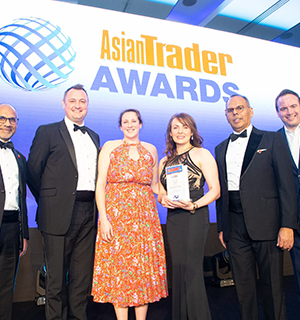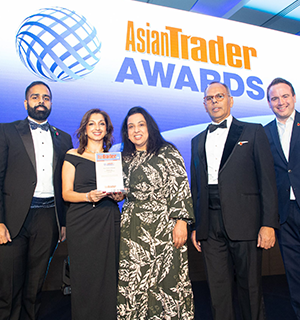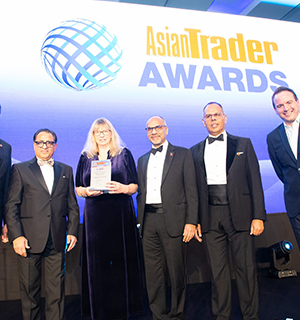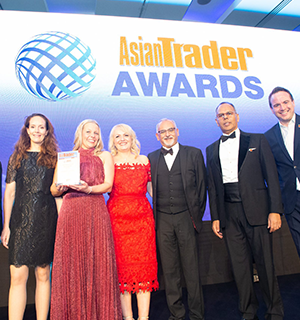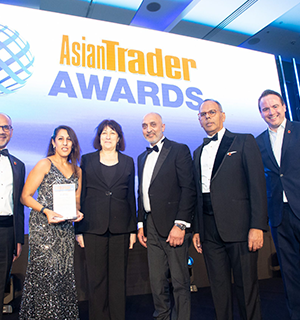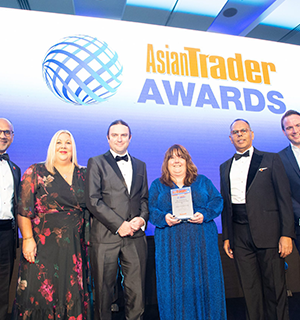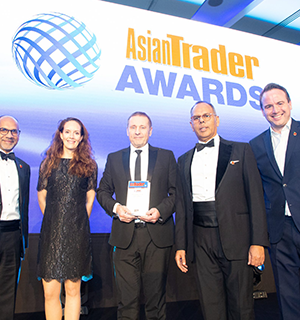With people becoming more and more interested in wellness alcohol consumption has proved to be a thorny subject worldwide. People are rethinking the whole issue of alcohol consumption and how and if they should consume it. This situation has pushed manufacturers and brands to be more creative and to rethink how they should go forward.
Below we look at the present international alcohol industry, and particularly that of Australia, what the future may hold, specific growth factors and particular trends to look out for and, tips for success.
Predictions
The market for international alcohol is expected to increase at a compound annual growth rate (CAGR) of around 4.9% over the next 6 years. Specifically, in Australia revenue from the industry was predicted to increase by 3.3 % between the years 2014-2019 reaching a figure of $12.5 billion. This came, notwithstanding the move away from the more traditional alcohol drinks and a move towards more low and non- alcoholic drinks due to consumers becoming more health conscious in their choices.
Consumers are now choosing more healthy lifestyles, and are therefore concerned about alcohol consumption. People are looking to take care of themselves and more interested in healthier activities. This has led to an increase in all kinds of sports activities, including an interest in sportbet styles with a growing move towards becoming involved in things like Sportnet.
But the drop in individual alcohol consumption has presented a challenge. Brands are trying hard to be creative and to tweak some of the traditional beverages in order to remain competitive.
At the same time, consumers are becoming more and more interested in quality over quantity. Issues like sustainable manufacturing procedures and eco-friendly packaging have become important. Luckily for manufacturers premiumization is helping the industry. It means that opportunities are there for manufacturers to sell at a premium price.
The future will see new and exciting ingredients, perhaps with legalized cannabis(?) and with technological advances new opportunities will arise like apps for networking and crowd sourcing ideas. We see these technology advances already in place with ‘smart packaging labels.’A smartphone can scan these labels and consumers can gain all the information they need on the product.
There are a number of factors involved in this growth
- Inexpensive luxuries: Go getting consumers in growing markets are able to buy entry-level brands and the more quality products at a lower cost. Also, a factor in growth is that disposable income has increased all over Europe, South America and APAC.
- Premiumization. Consumers’ growing awareness and changing attitudes towards quality verse quantity. The idea of getting a better product but a little less.
- Health and wellbeing. People are becoming more and more health conscious and looking to purchase healthier products, containing low or no alcoholic ingredients.
- The experience ‘package’. Bars and café’s need to offer people more than just a place to get a drink. People want and expect more and this is true for the alcoholic product too. Brands in the industry are taking this into account.
- Making life more convenient for the consumer. New delivery services are creating new channels of revenue for brands as people start to purchase alcohol online.
- New packaging. Packaging suitable for life on the go. Like ‘wine in a can’. The young consumer is looking to purchase alcohol available and ready for any event.
Top trends in the alcohol category for 2020
There does seem to be an overlap developing between different types of drinks, between alcohol and non- alcoholic drinks. For instance, with alcoholic tea and kombucha. Consumers are wanting a more memorable experience. The traditional rules of how and where to drink are being overruled and this presents new opportunities for brands
Wine
Today so much more organic and sustainable wine is produced. Consumers are becoming more discerning in how and what they buy. They want to know how the product is produced and the quality of the ingredients.
According to Wine Voice, a lifestyle website, 28% of millennials in the United States consume wine every day. “…factors that have positively impacted the market include alternative packaging innovation such as wines in cans. Innovative new releases such as cross-category Bourbon barrel-aged red wine, and the growing popularity of rosè wines”. The IWSR. Also, more boutique wineries are popping up offering great wines and a memorable wine tasting experience.
Beers and Ciders
New opportunities are happening for beers and ciders with the introduction of low and non-alcoholic beers. In 2019, Peroni introduced a non-alcoholic version and now we are seeing many different fruity infusions on the market. According to Food Bev, “ Fruit makes it easy to mask beer’s more acquired taste creating the perfect ‘crossover’ beer for people who are reluctant to try it”….So much so that larger brewers such as AB InBev are incorporating fruit into their beers..”.
Also, with the growing international acceptance of cannabis, manufacturers are beginning to explore the possibility of introducing unusual tastes including cannabis- infused beer.
Cider is considered an alternative to drinking beer. More consumers are looking for gluten free beverages that are also fruit flavored. According to Westons (UK) “fruit cider now represents a third of all cider sales and is the fastest growing category.” It is predicted that over the next 5 years fruit cider will make up 50% of all ciders sold. There is one caveat, cider contains a lot of sugar so may not be so appealing to those looking to keep to a healthy lifestyle.
Spirits/liquor
The focus for brands is on premiumization of spirits and more extravagant offerings. Along with new distillation methods, they are also and introducing botanicals into their products. New Food Magazine reports that there have been some new and exciting creations: “Italicus, an Italian liquer that has seen rapid growth since it launched two years ago. Another is Cadello, a unique liquor that blends eight ingredients, including star anise, mint, hazelnut and coffee. These brand-new luxury players in the market are appealing to the rising demand for something new, unique and high quality”.
Tequila is particularly popular right now. Also drinks like bourbon and whiskey are receiving a lot of international investment from big brands. Consumers are still loving Gin and even more so with the addition of tea and botanical essences. And, of course the Aperol spritz is really trending, with that lovely shade of orange.
Ready to Drink (RTDs)
Drinking from the can is now considered okay. It is favored by the young on the go consumer. The trend is for “low-alcohol, low sugar and natural ingredients”. Keep in mind when considering marketing, that convenience and attractive packaging is important to this category of people.
Seltzer
Seltzer in the United States is trending right now and it has grown exponentially in the last year. The prediction being that by 2021 it could reach a $2.5 billion figure for the industry. These drinks are tinged with alcohol and have quite a low calorie and low sugar levels.
According to Wine Magazine “Hard seltzer is at the intersection of several consumer trends right now. We’ve observed increasing demand for lower-alcohol products and healthier, natural options, along with a surge in ready-to-drink beverages…..they appeal to drinkers that previously would have considered beer, wine or liquor”.
Conclusion
Go Premium. Choose healthier products which will appeal to the new consumer. Employ new ideas in technology to produce clever and convenient packaging. Create and offer memorable experiences and be creative and exploratory with new and unusual flavors. Consumers are looking to be wowed.








 To use this website you must be aged 18 years or over. Please verify your age before entering the site.
To use this website you must be aged 18 years or over. Please verify your age before entering the site.
